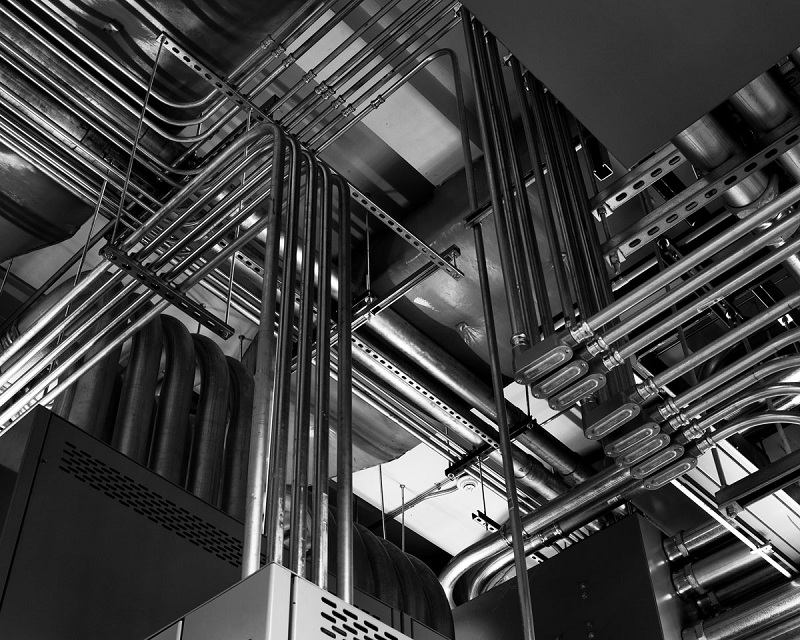
In recent years, climate change caused by greenhouse gas emissions has gradually become a global concern. According to the IPCC, the concentration of greenhouse gases in the atmosphere directly affects the global average temperature, and with the increase of total greenhouse gas emissions, the global temperature is expected to rise by 1.5°C by 2100. Global warming may cause serious problems such as increased natural disasters, reduced grain production, water shortage and damage to the ecological environment. In order to reduce greenhouse gas emissions and achieve sustainable development, in September 2020, China proposed to strive to peak carbon dioxide emissions before 2030, and strive to achieve carbon neutrality by 2060.
To achieve the goal of "double carbon", "open source" and "throttling" need to be two-pronged. Open source, that is, increase the proportion of new energy represented by photoelectric and wind power in the power structure. According to WRI statistics, China's power generation and heating industry emissions accounted for about 41.6% of the total carbon emissions, mainly from thermal power emissions.
Throttling, that is, reducing the loss of electric energy and measured energy in the process of power transmission and distribution, can effectively reduce energy demand and improve the level of green and low-carbon development. China's industrial energy consumption accounts for about 65% of the whole society's energy consumption, is one of the main battlefields of energy conservation, accelerating the promotion of industrial energy conservation and efficiency, to reduce energy costs, improve the level of green development is of great significance. Therefore, under the development of "carbon peak, carbon neutral", the new energy power generation represented by solar power and energy-efficient electrical equipment has a broad application space, silicon steel as a new energy to electric energy conversion and affect the energy efficiency of electrical equipment indispensable materials, will fully benefit from the increase in the proportion of new energy generation and energy efficiency of electrical equipment upgrade.

The rise of new energy and energy efficiency upgrades has brought structural prosperity to high-grade silicon steel materials. Since the second half of 2021, in the oriented and unoriented silicon steel market, the price gap between high-end products and mid - and low-end products has continued to widen, which has evolved into four segments: high magnetic induction oriented silicon steel (Hi-B), general oriented silicon steel (CGO), high grade unoriented silicon steel, and medium and low grade unoriented silicon steel. The change in price is essentially a marginal change in supply and demand. What are the driving factors for the price increase of high-grade silicon steel materials? Can the boom of high-end materials continue? By analyzing the demand elasticity and supply pattern of subdivided circuits, we will be able to answer these two questions.
The development of new energy and energy efficiency upgrades opens up space for the growth of silicon steel materials. In the downstream demand of oriented silicon steel, most of them are transformers, which directly benefit from the new energy boom and energy efficiency upgrading demand, and the overall demand elasticity is better than that of non-oriented silicon steel. Driven by the energy efficiency upgrade of new energy vehicles and industrial motors, the demand elasticity of high-grade non-oriented silicon steel subdivision circuit is more beautiful. The elasticity of demand is ranked from largest to smallest: high magnetically oriented silicon steel (18%) > high grade unoriented silicon steel (16%) > ordinary oriented silicon steel (6%) > Medium and low grade unoriented silicon steel (5%).
Application of Stainless Steel Materials in Decoration Engineering
2022-07-21Are you sure you really can recognize 304 stainless steel material?
2021-10-29Application of cold rolled stainless steel
2021-07-15304 stainless steel- maintenance- construction
2021-09-18Application of Oriented Silicon Steel Sheets in Transformers
2025-10-14Why is the motor "iron" core?
2023-09-14






